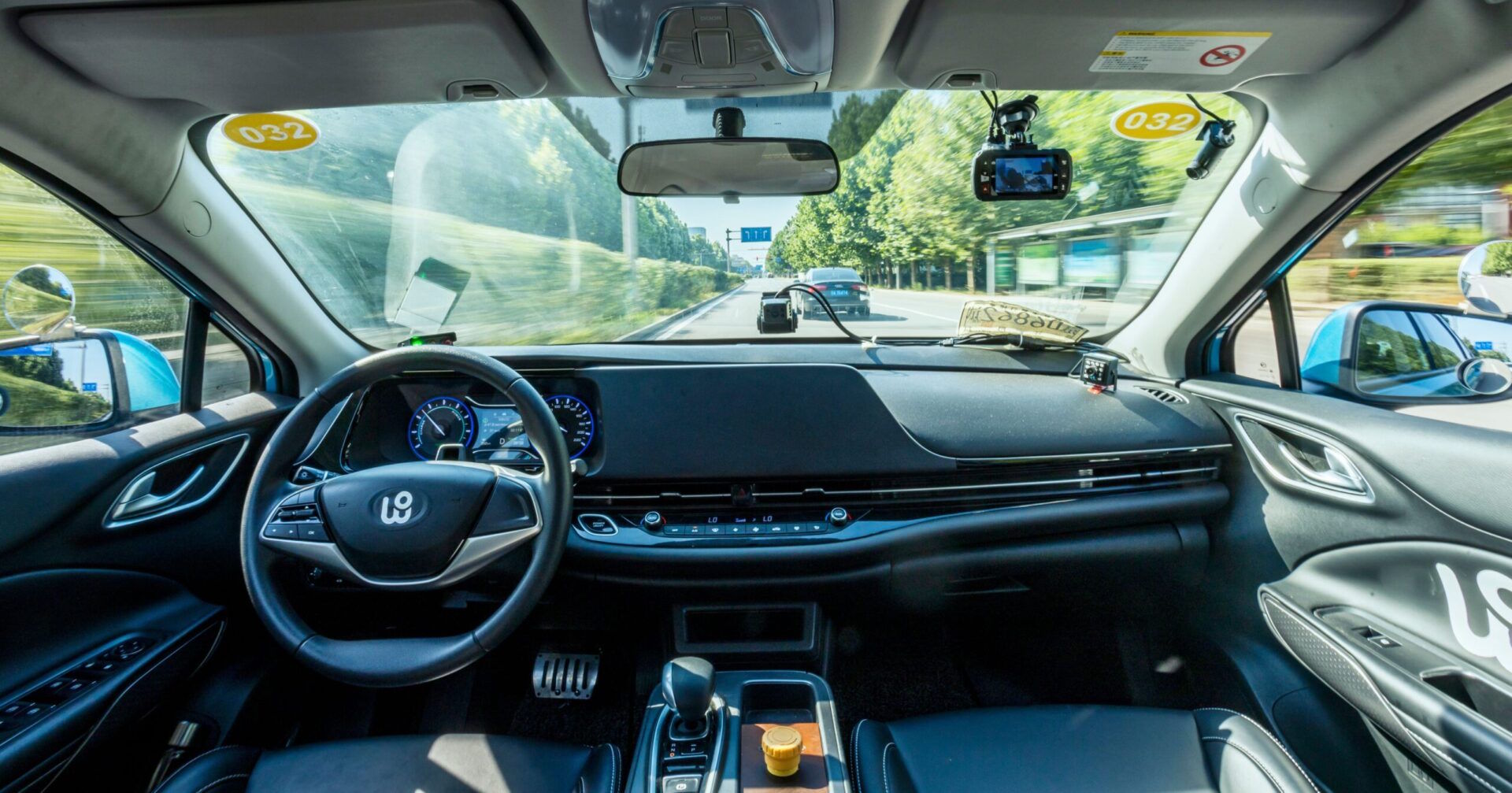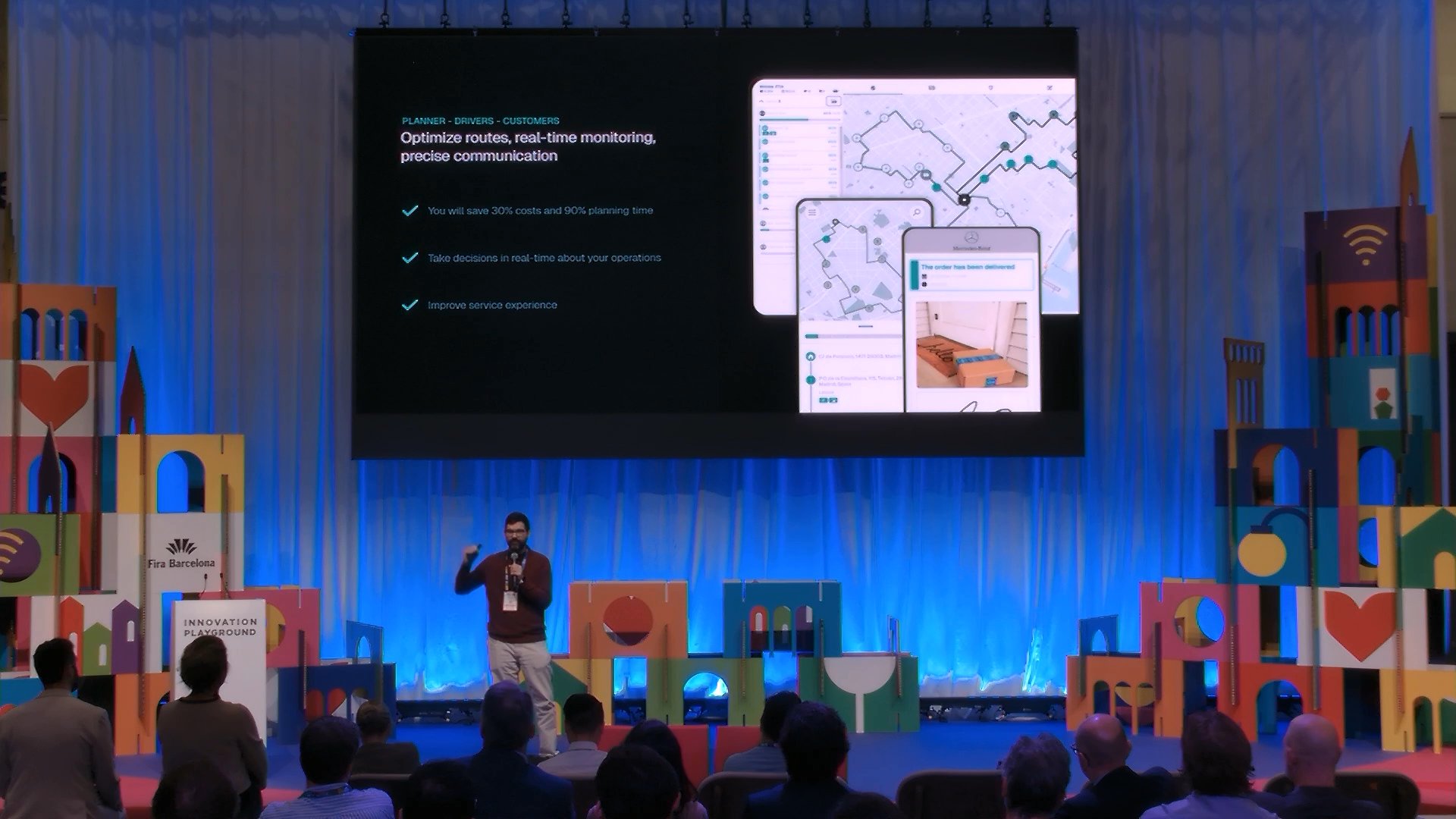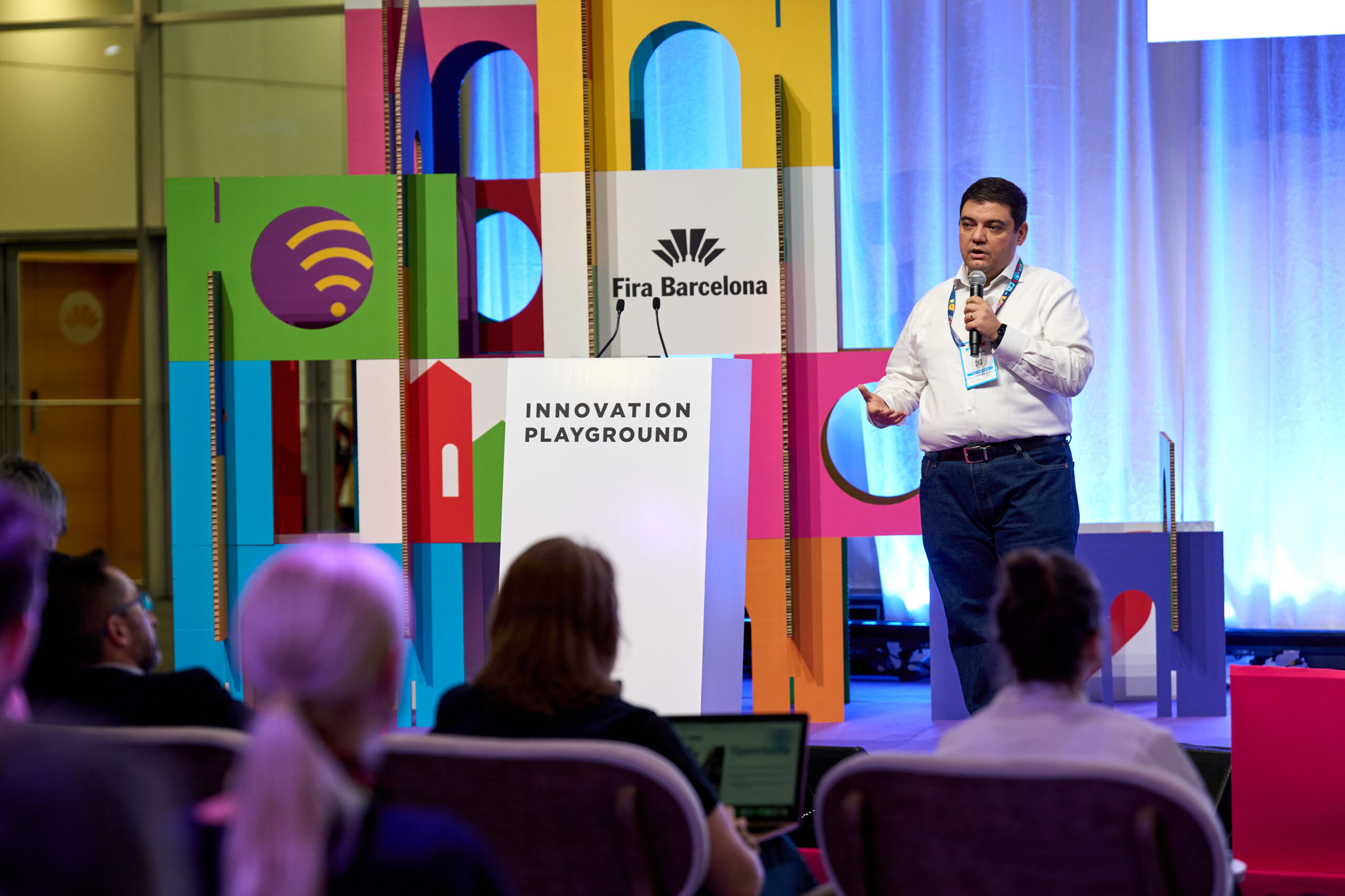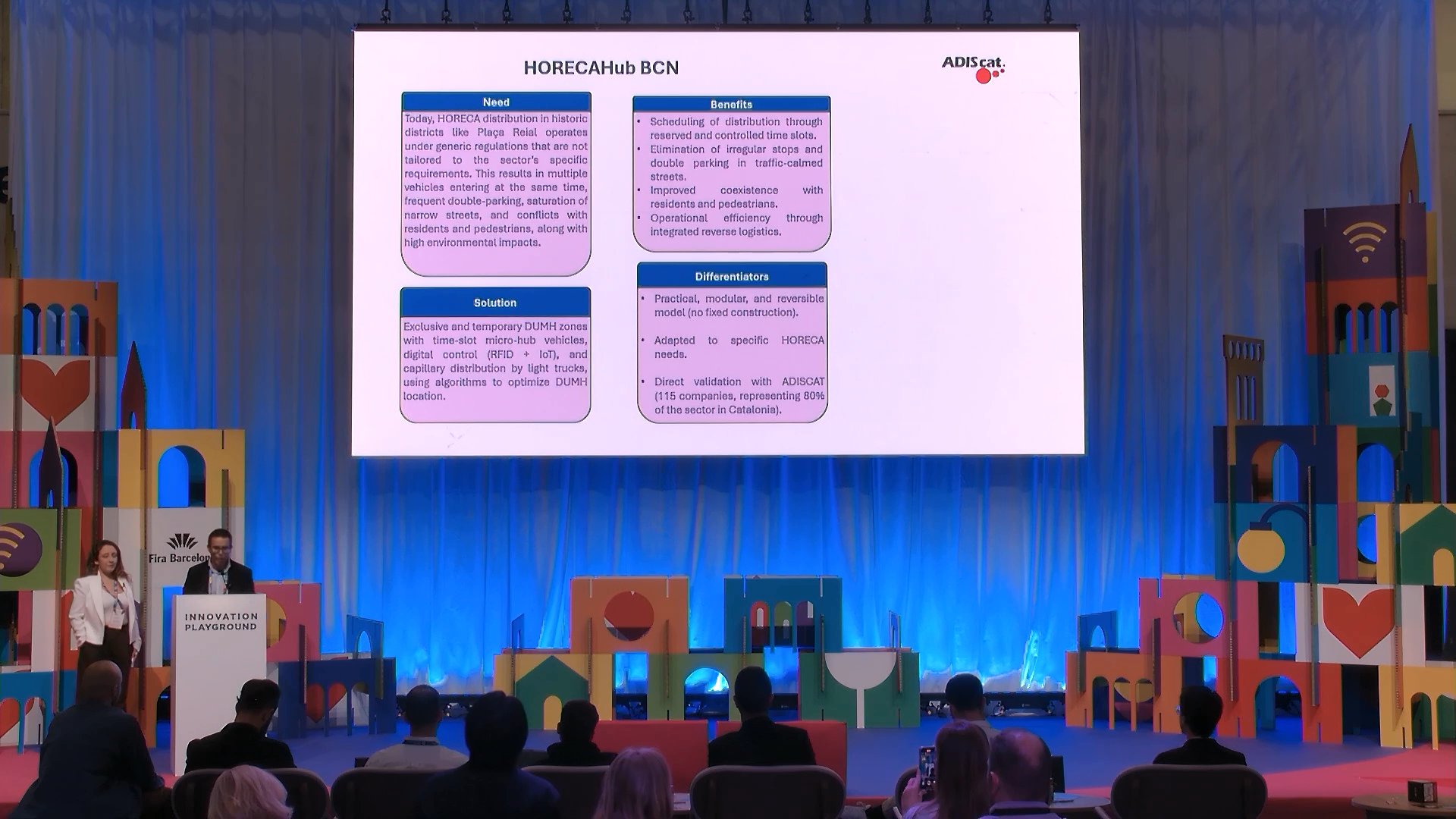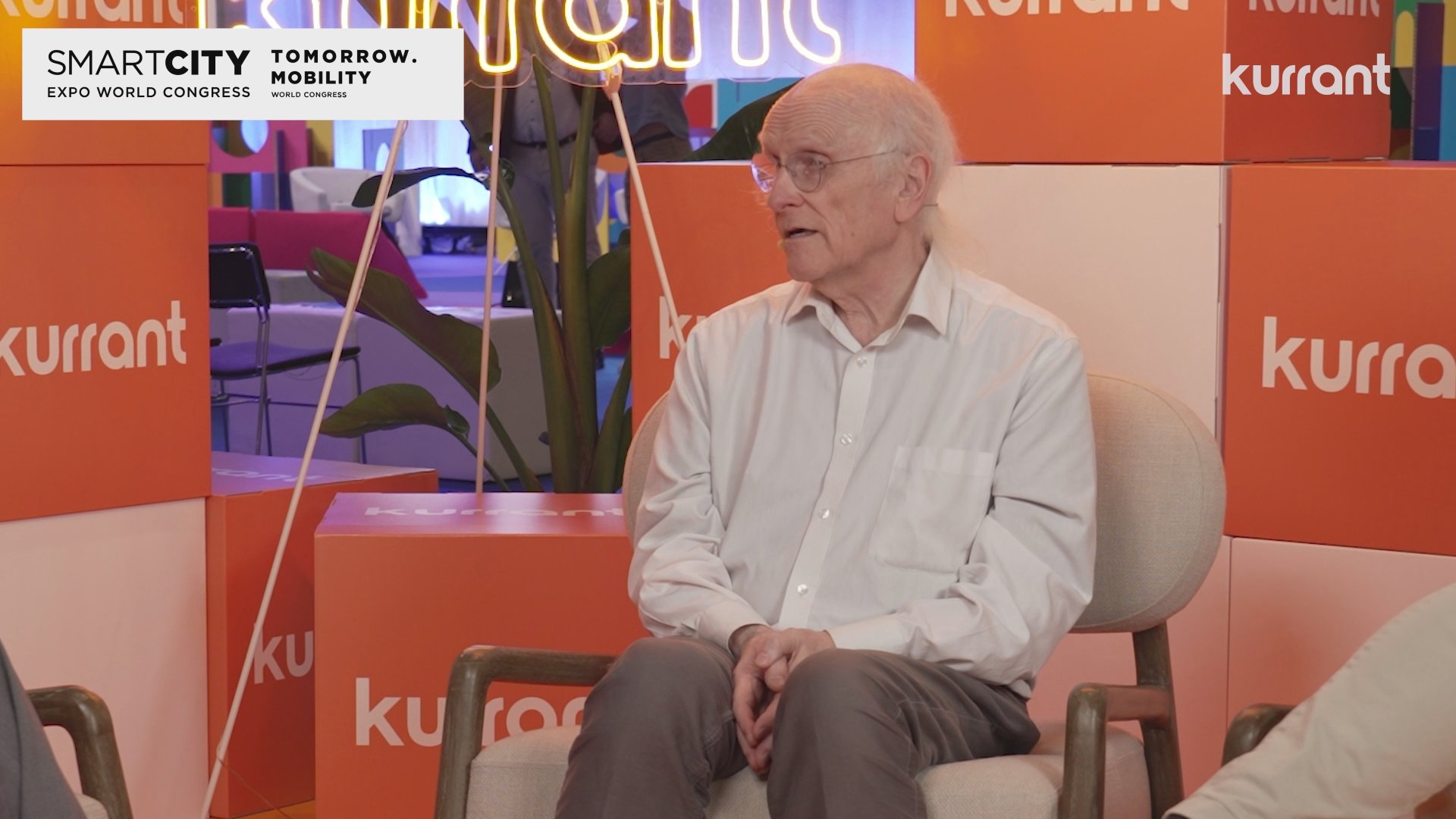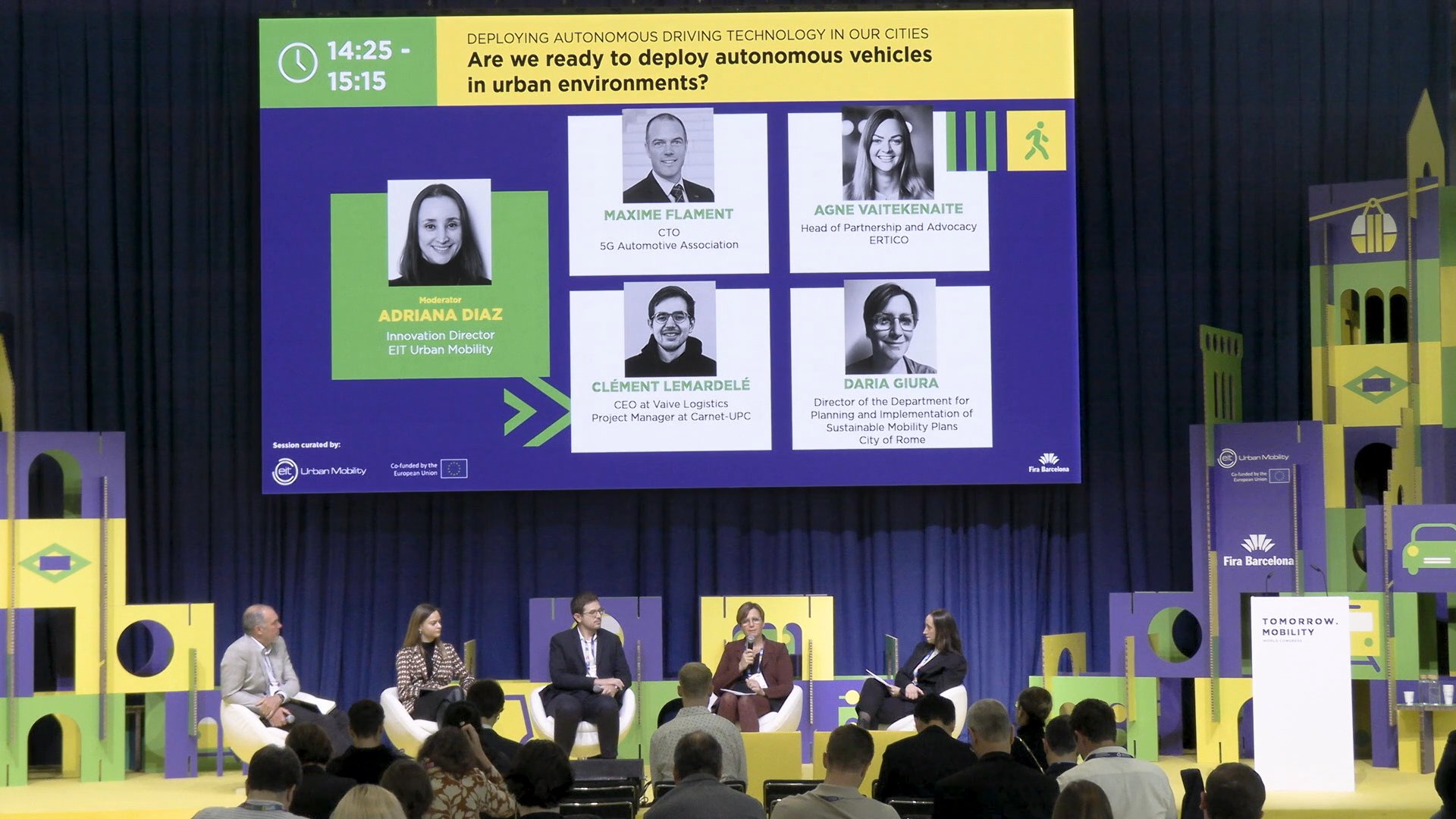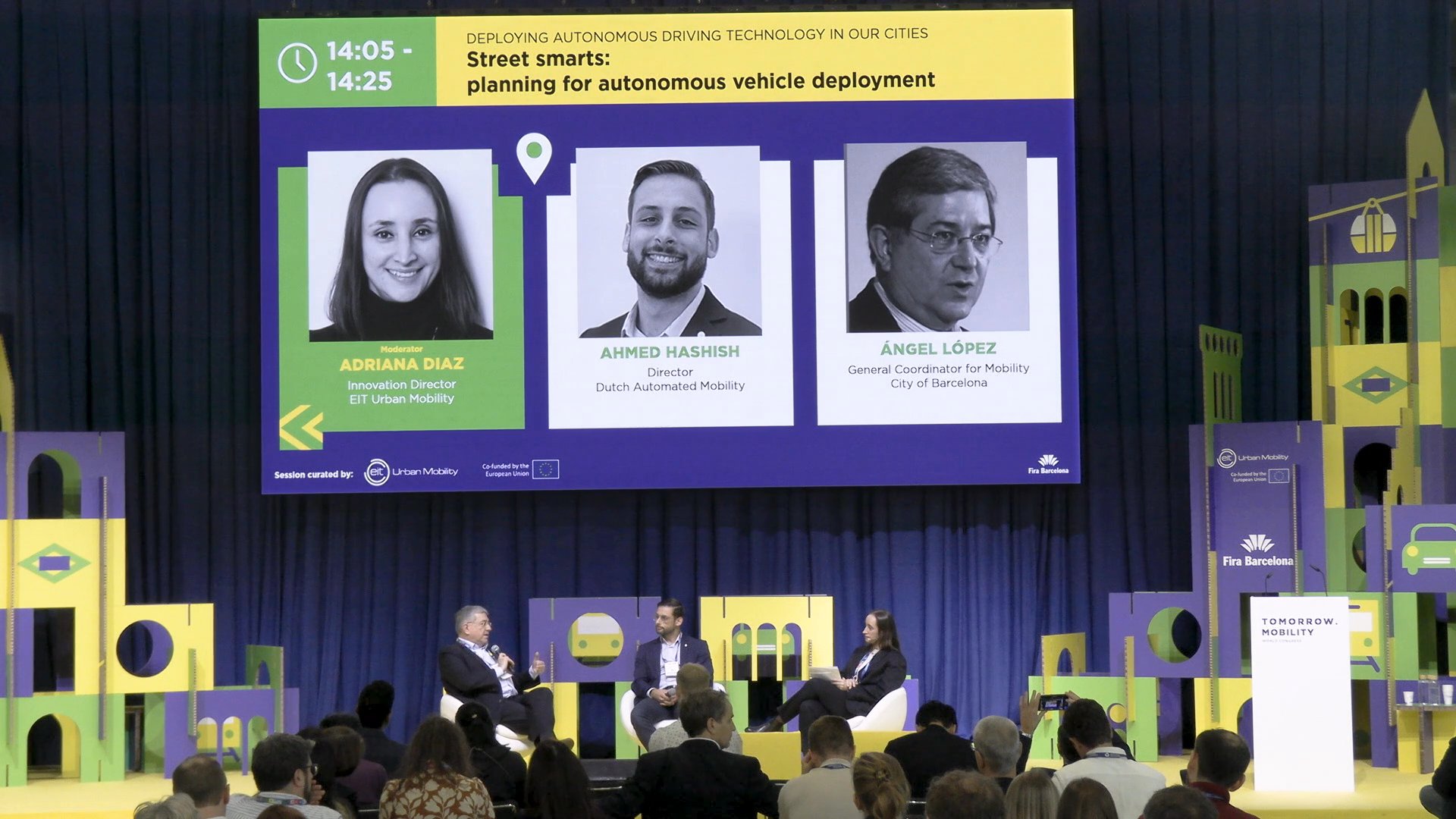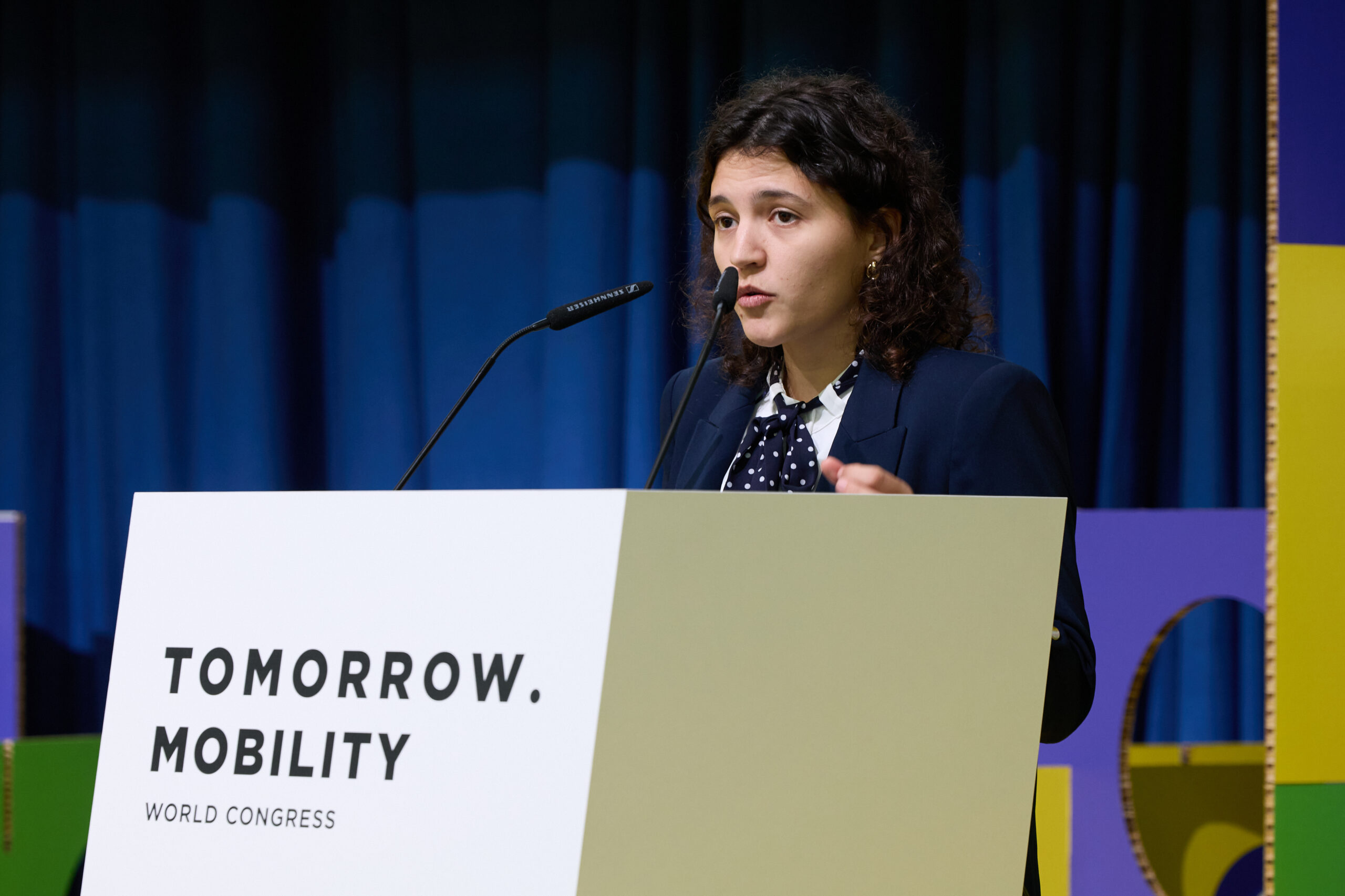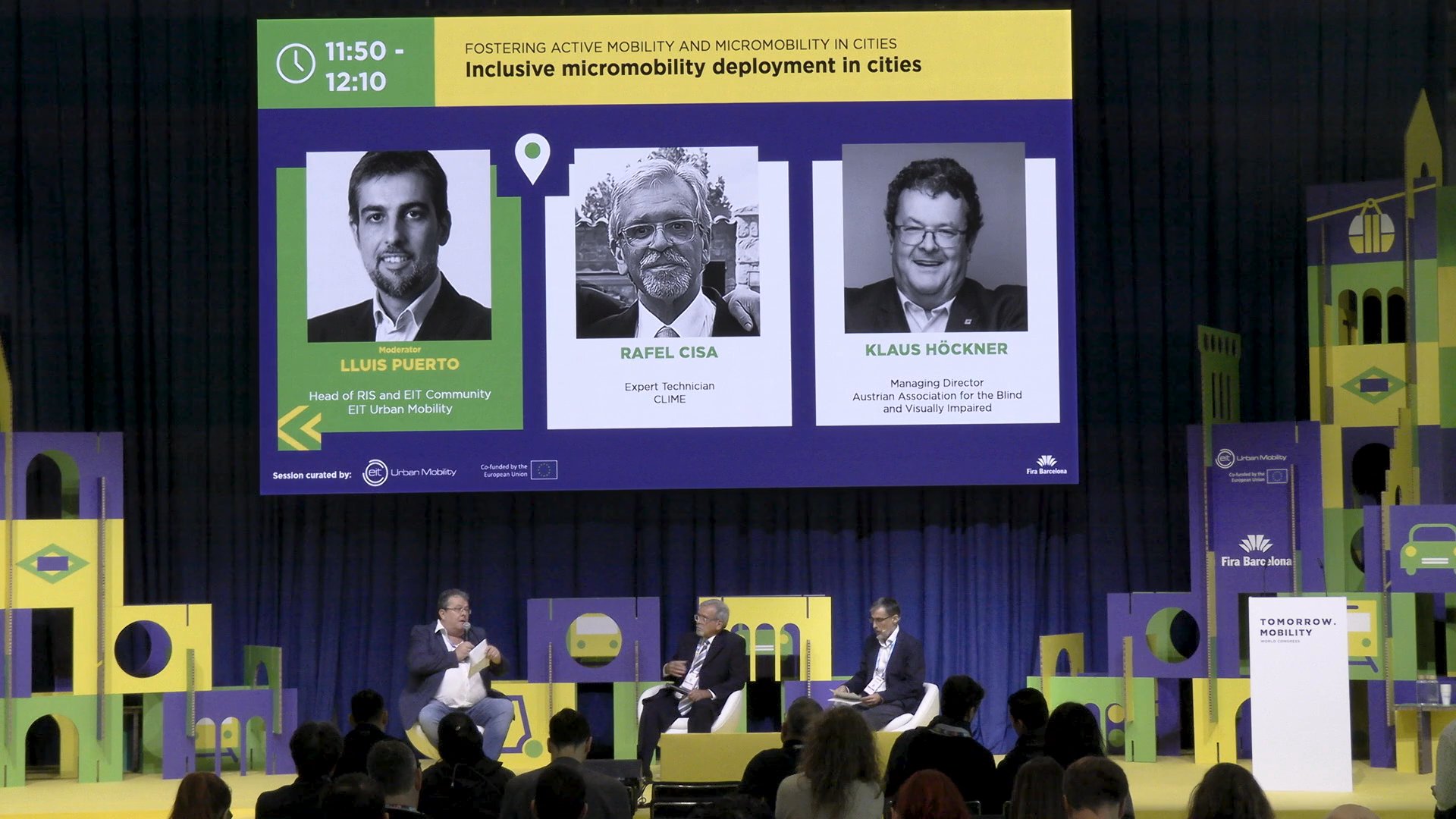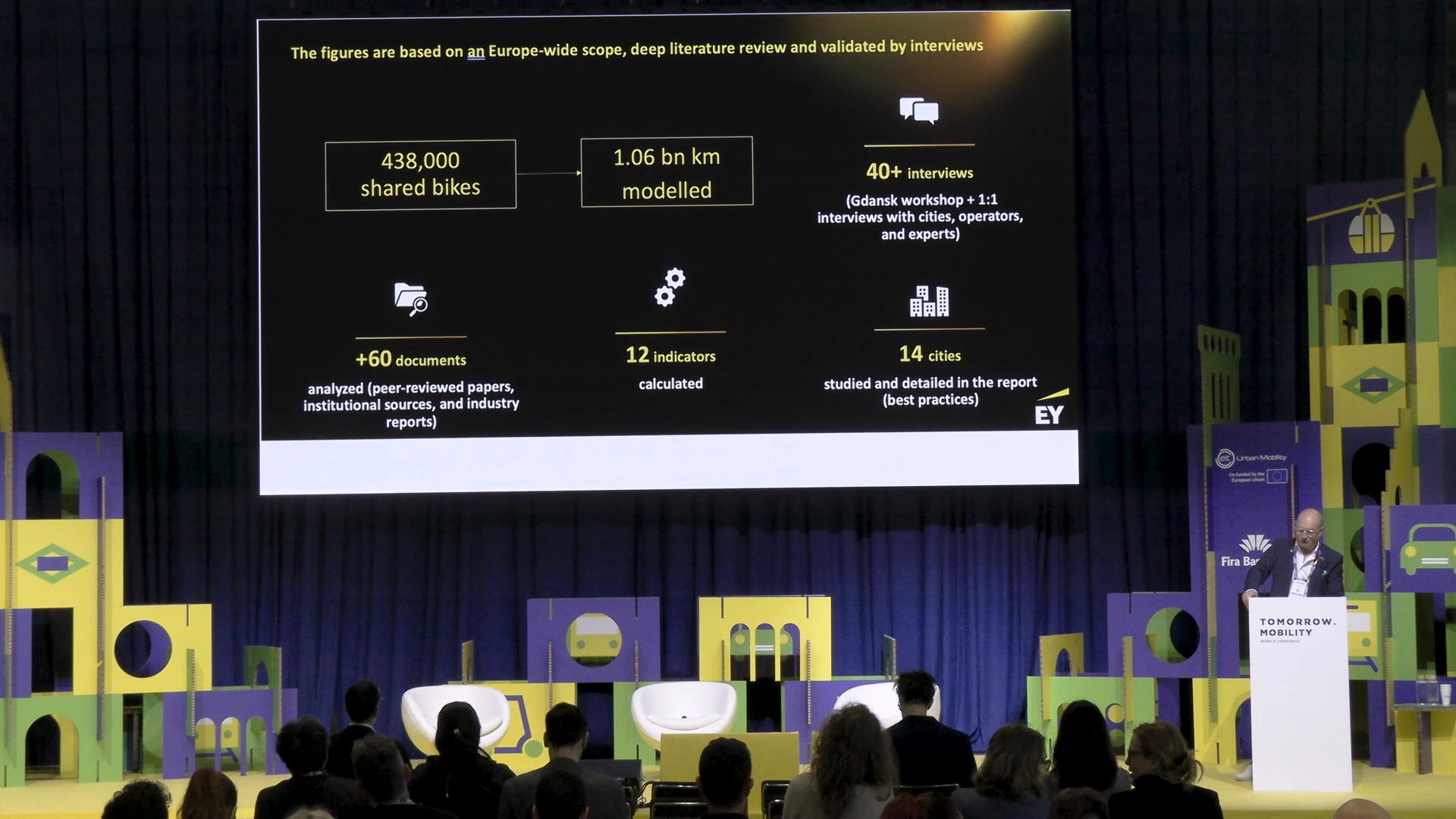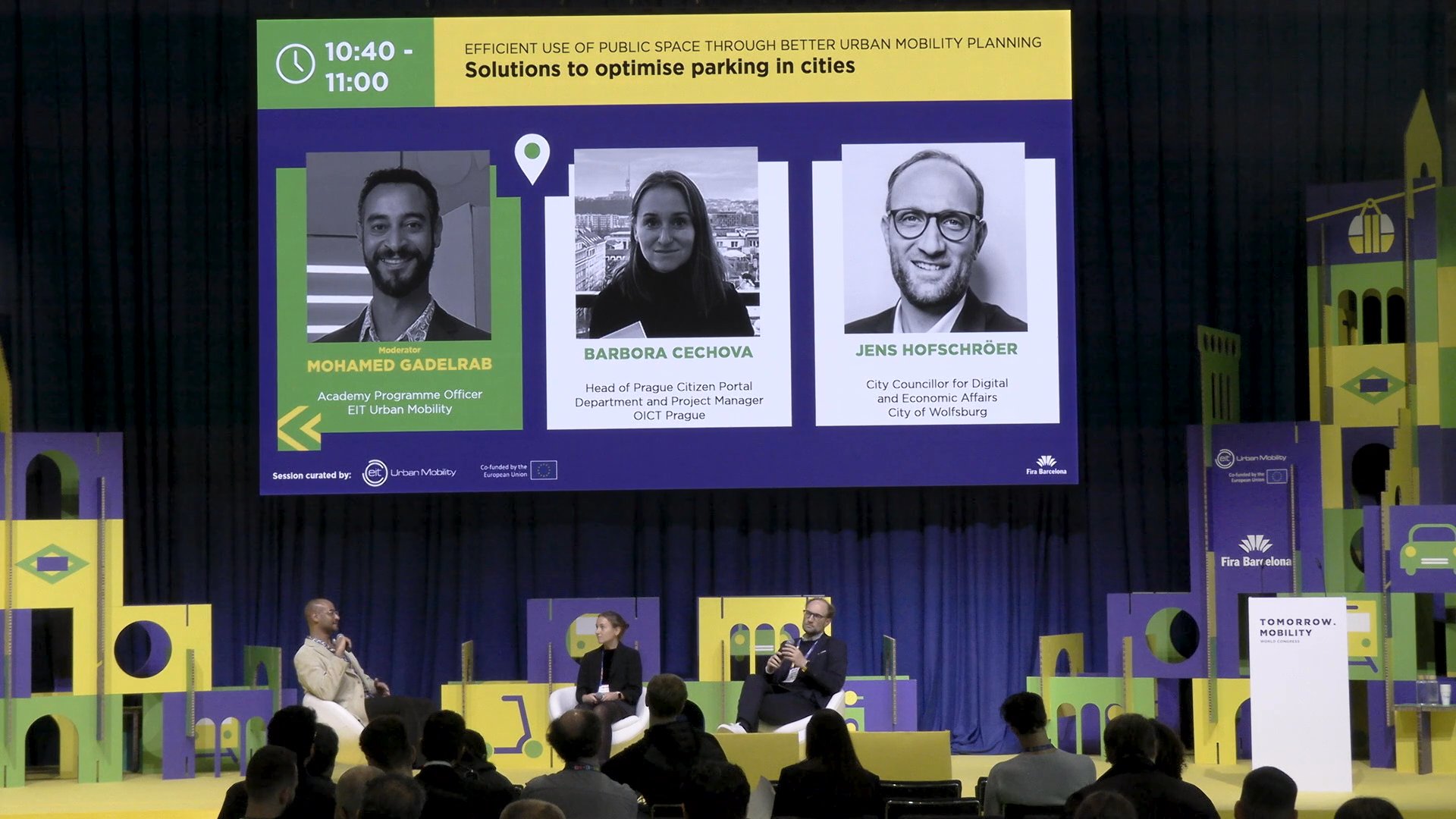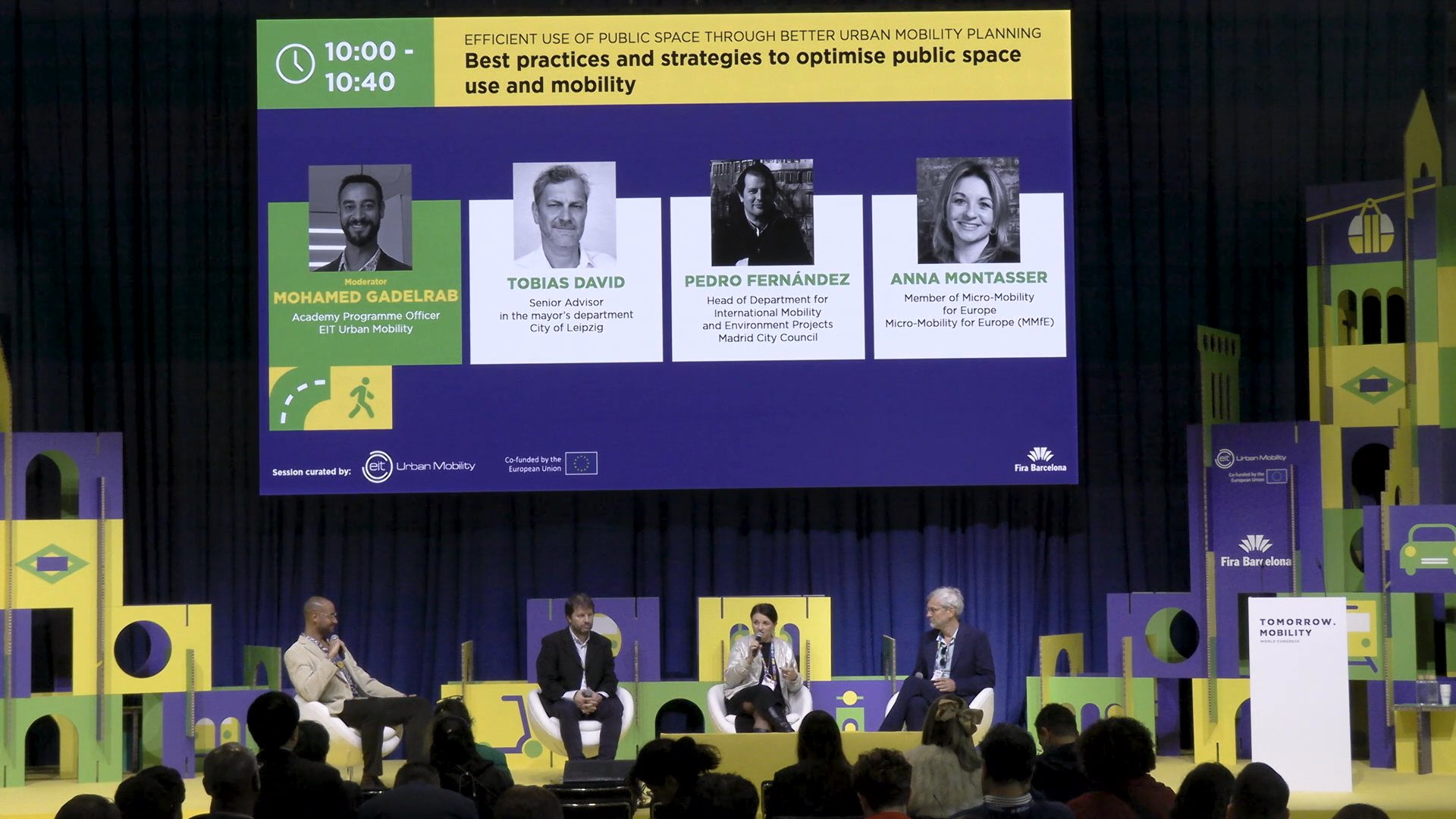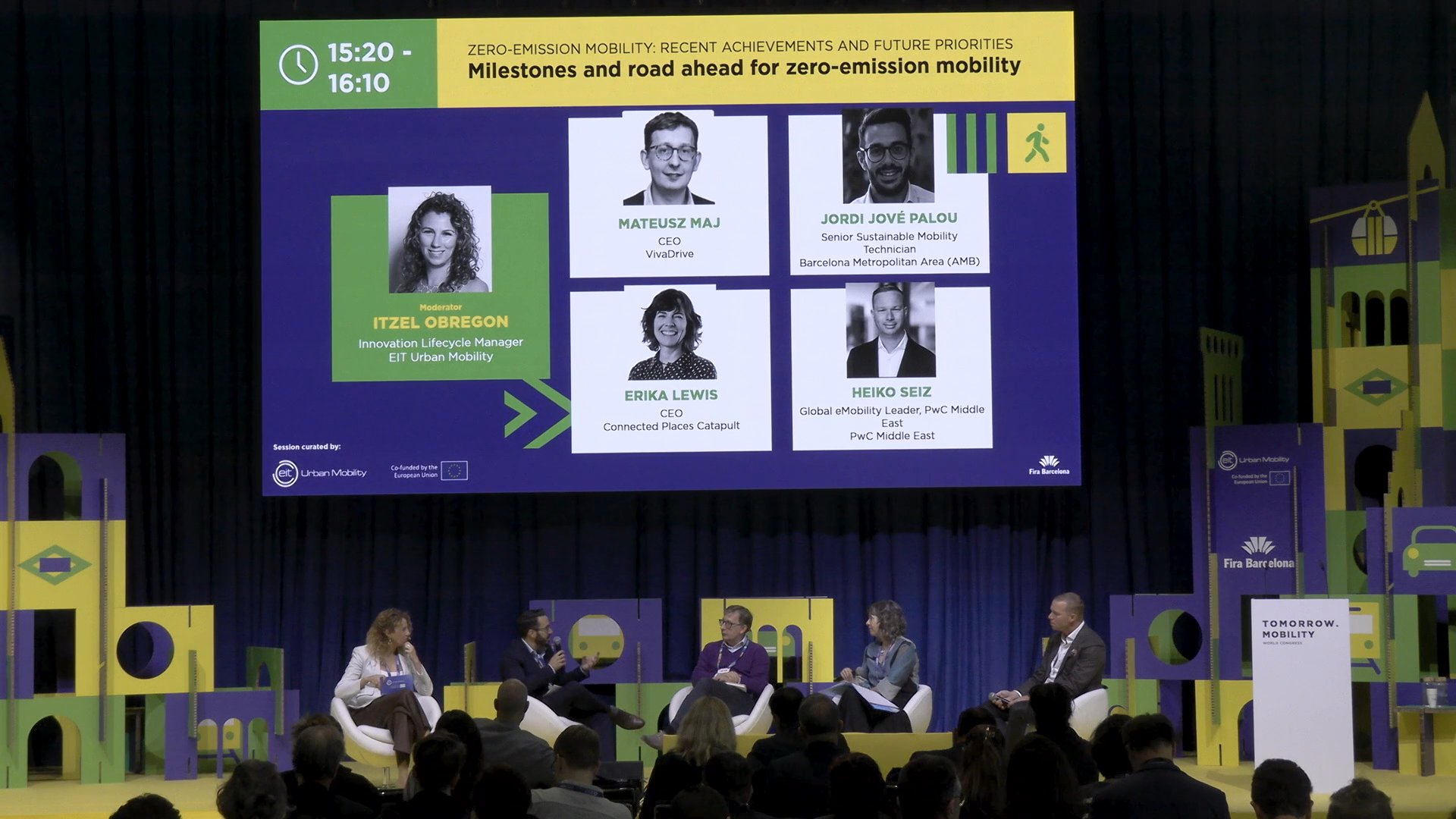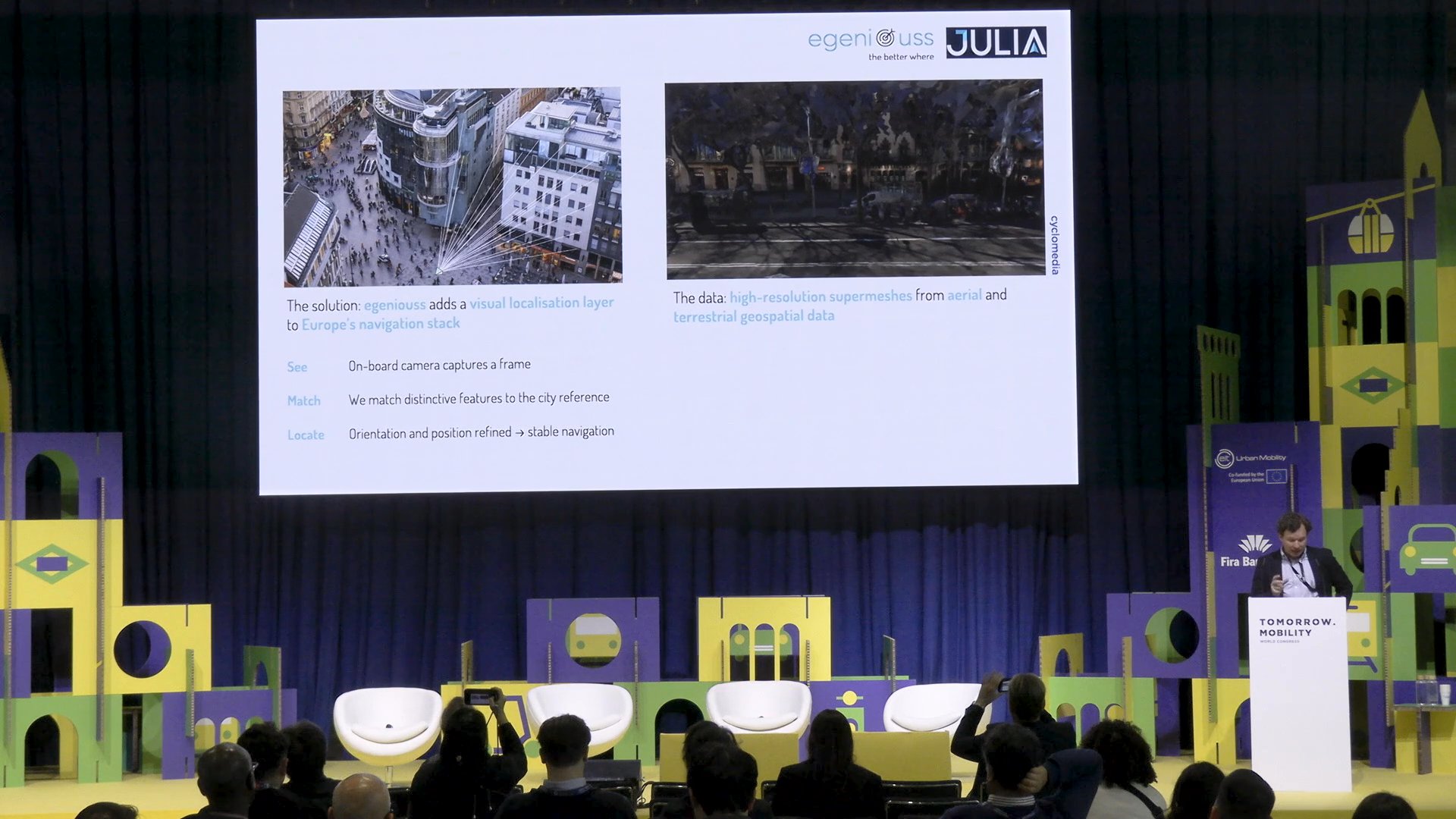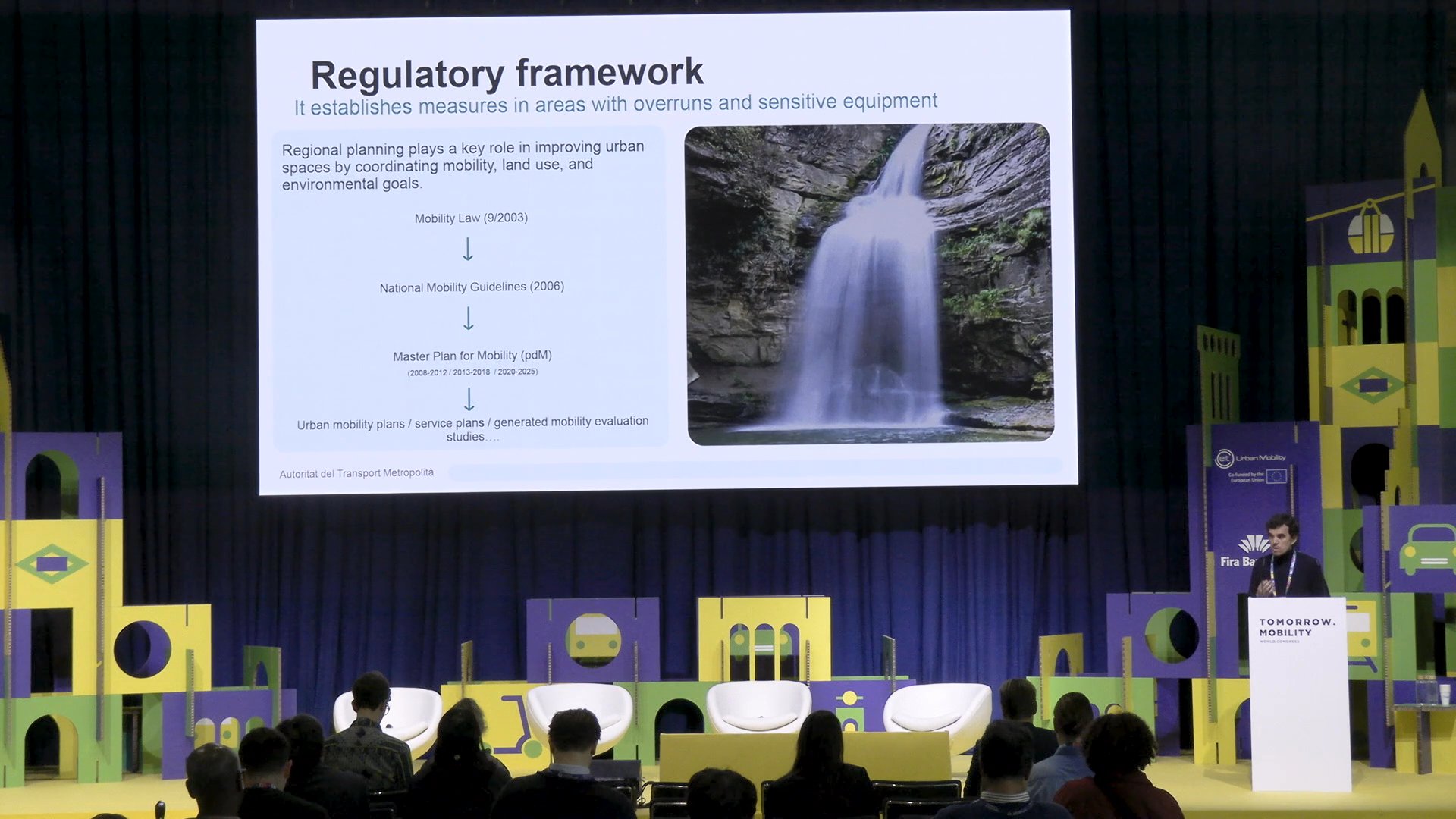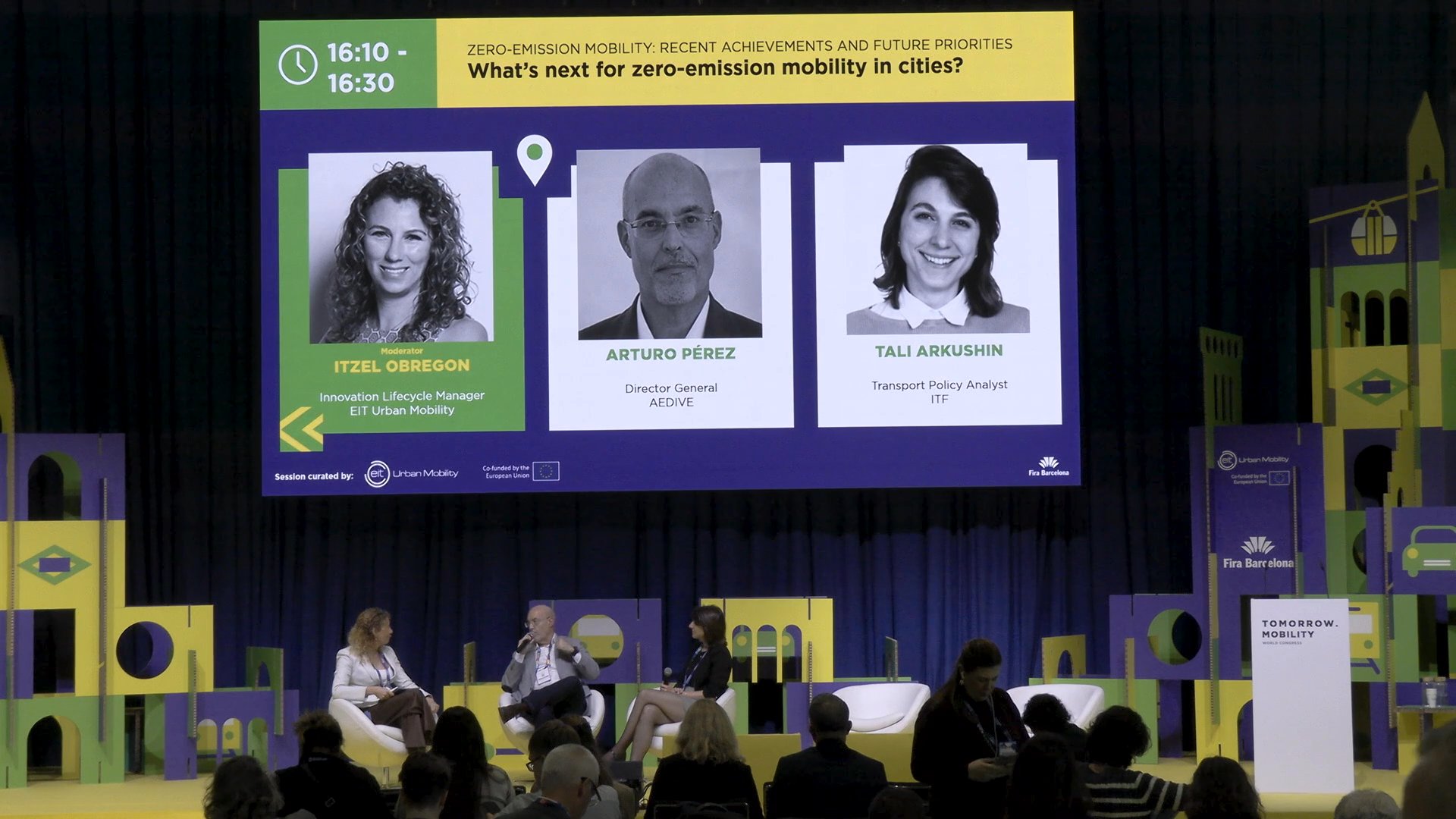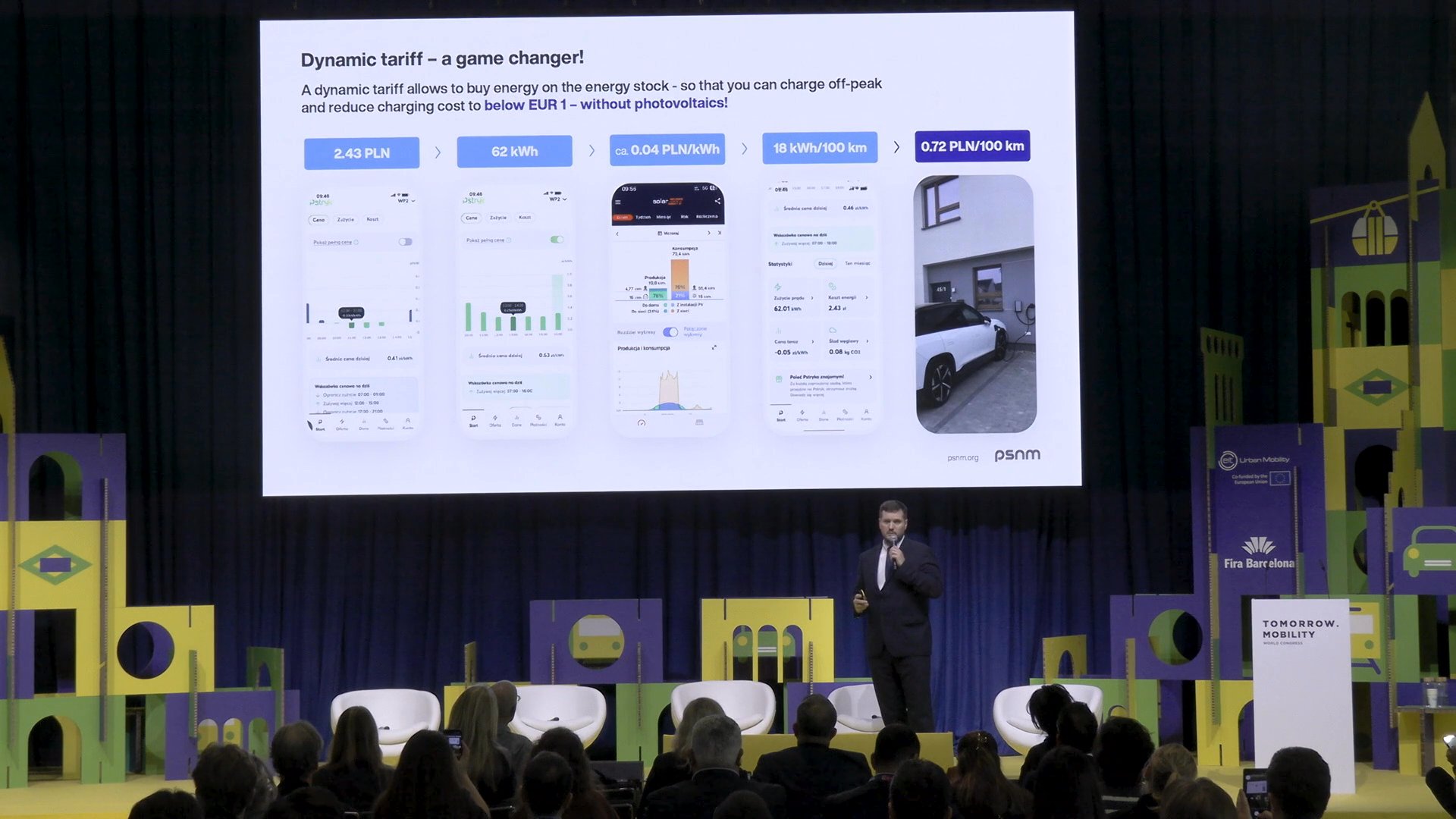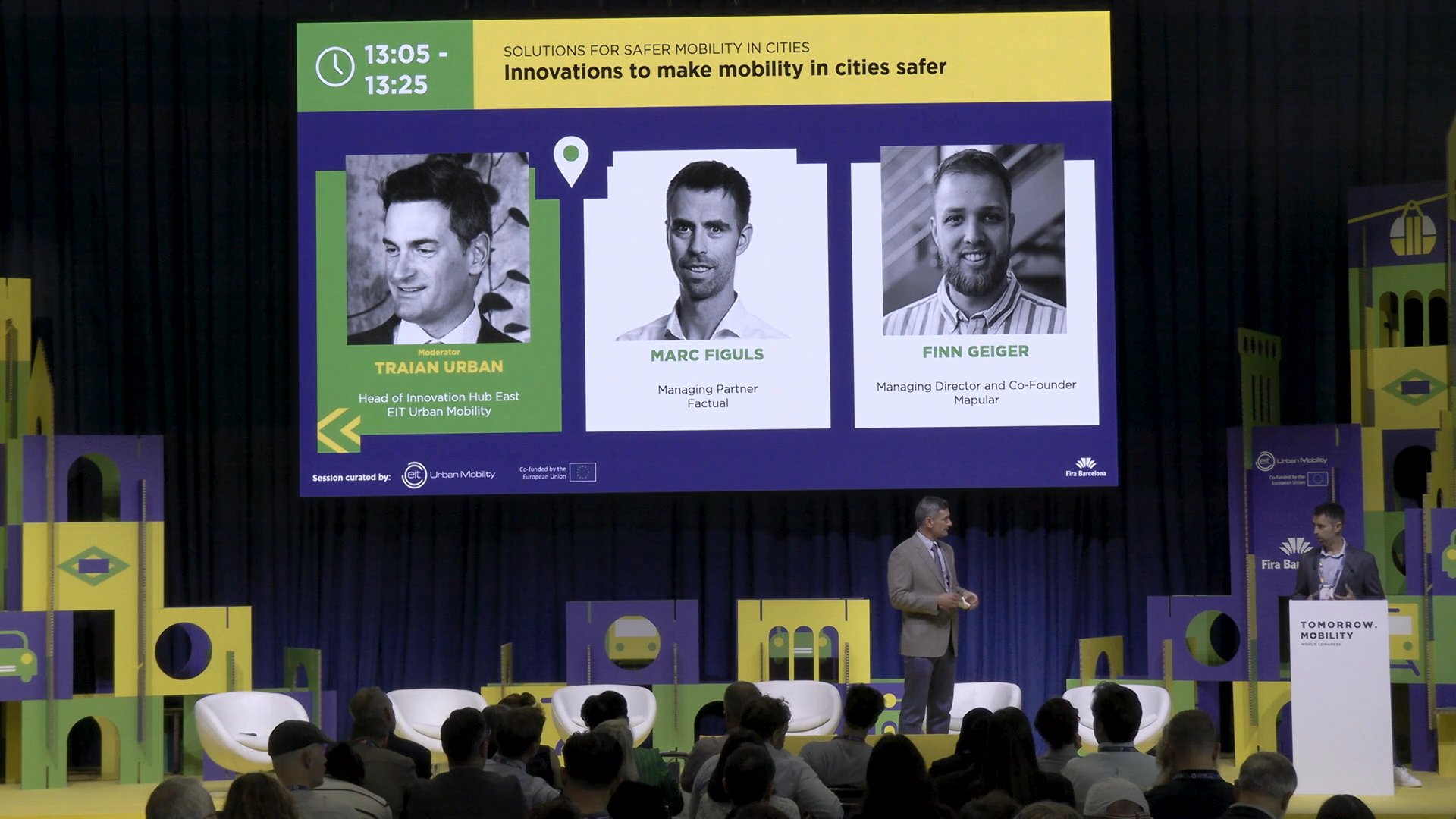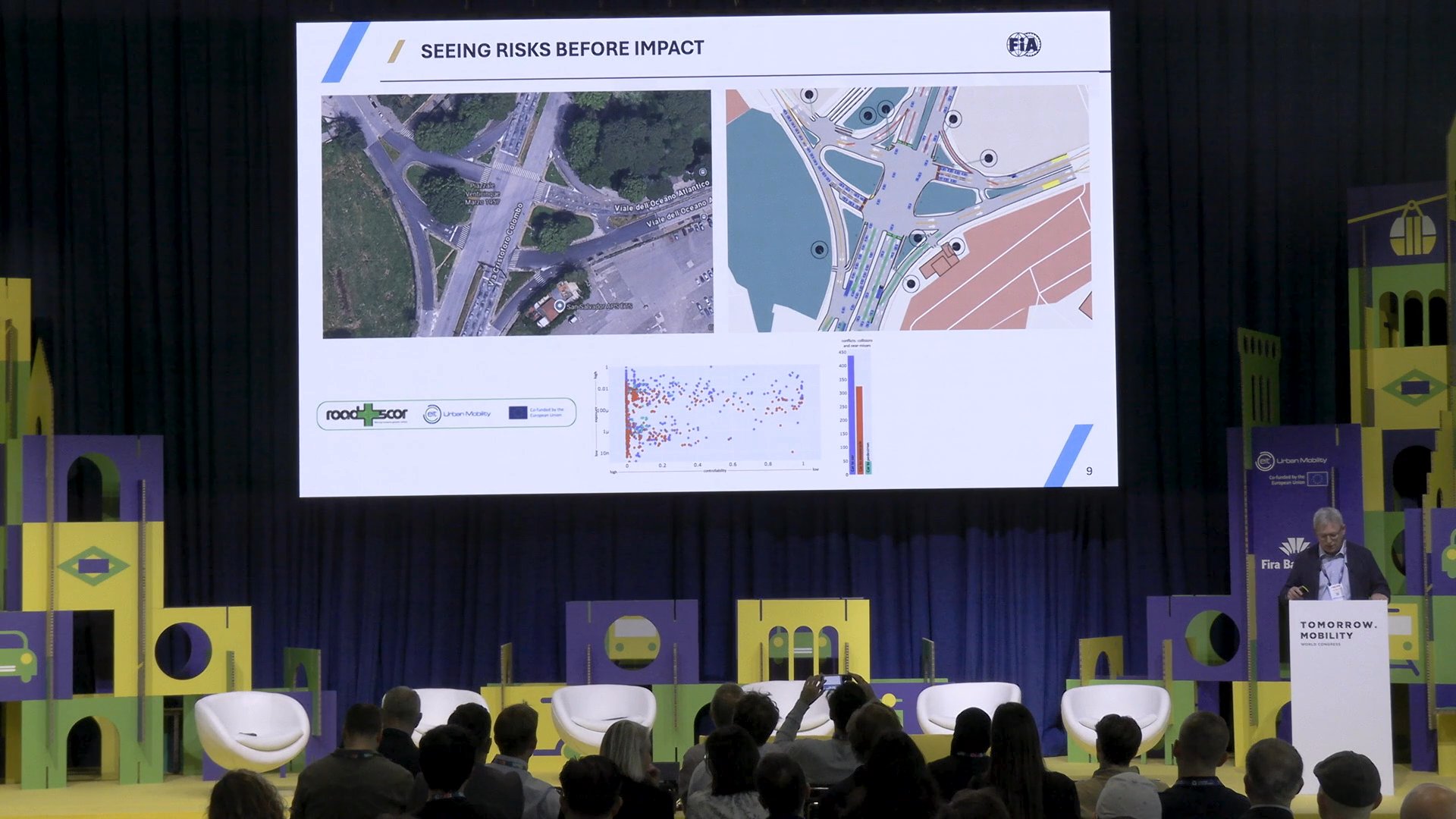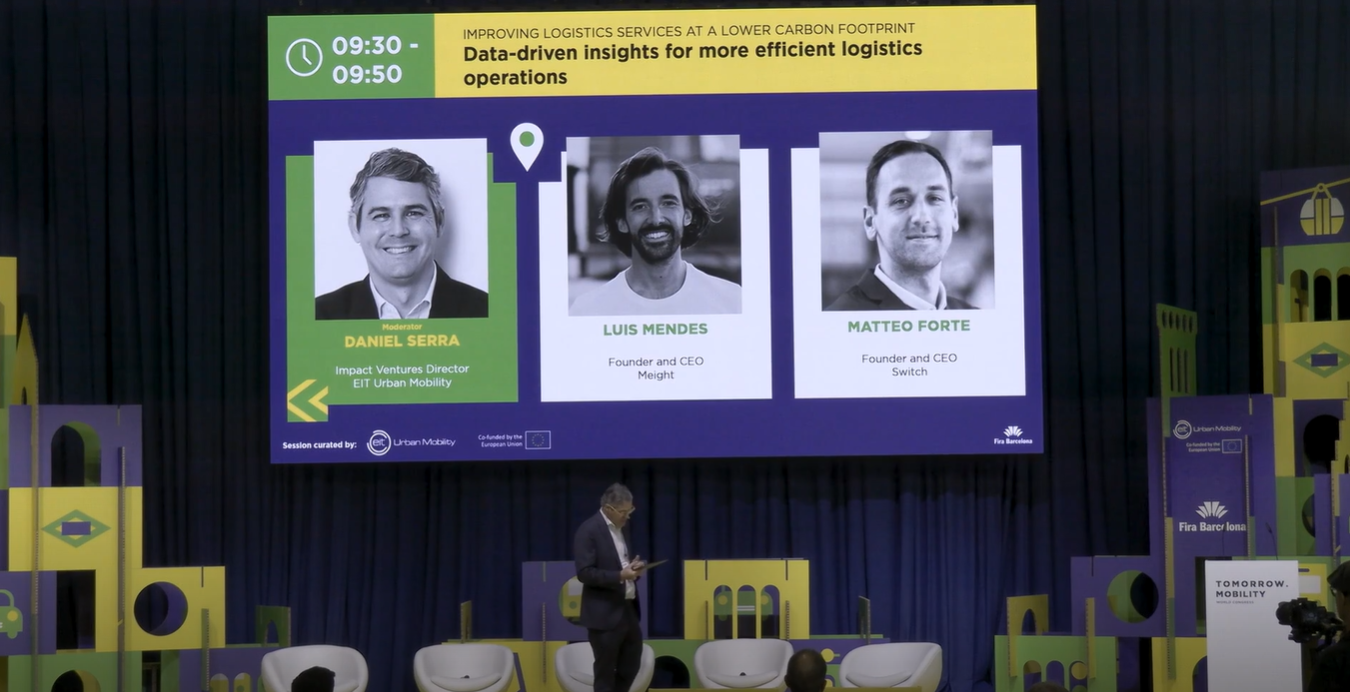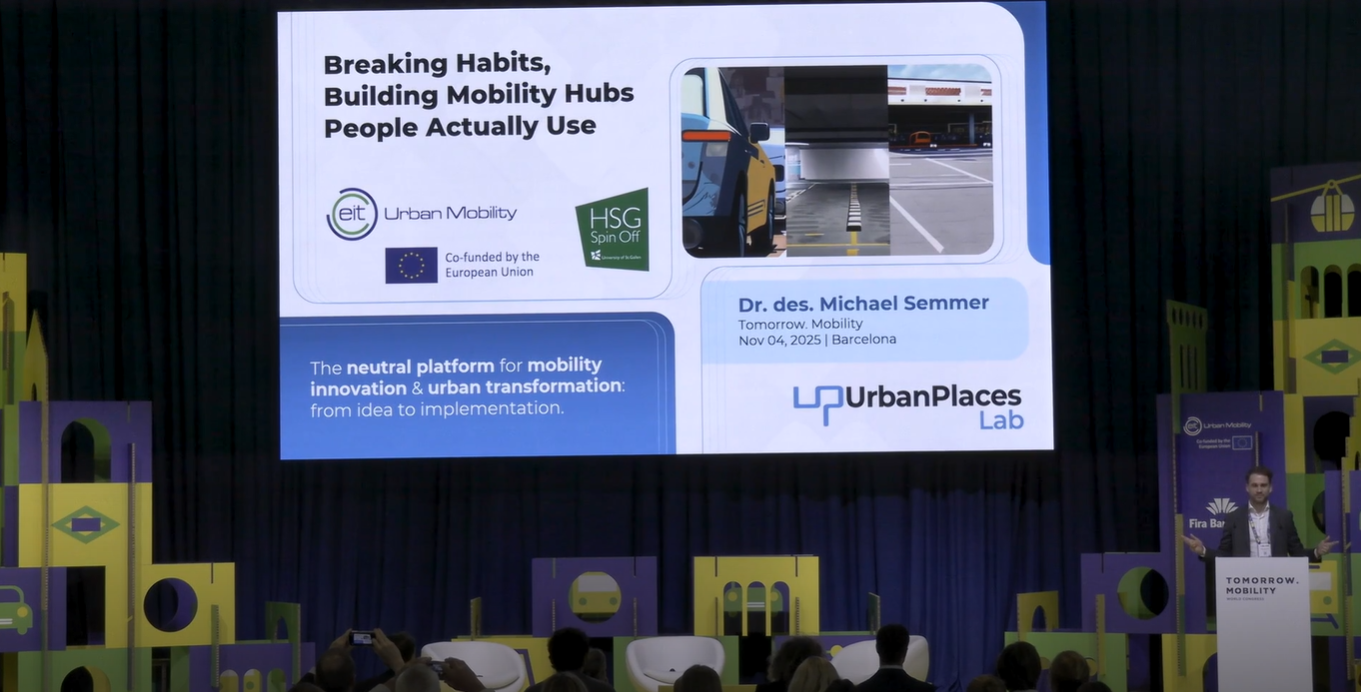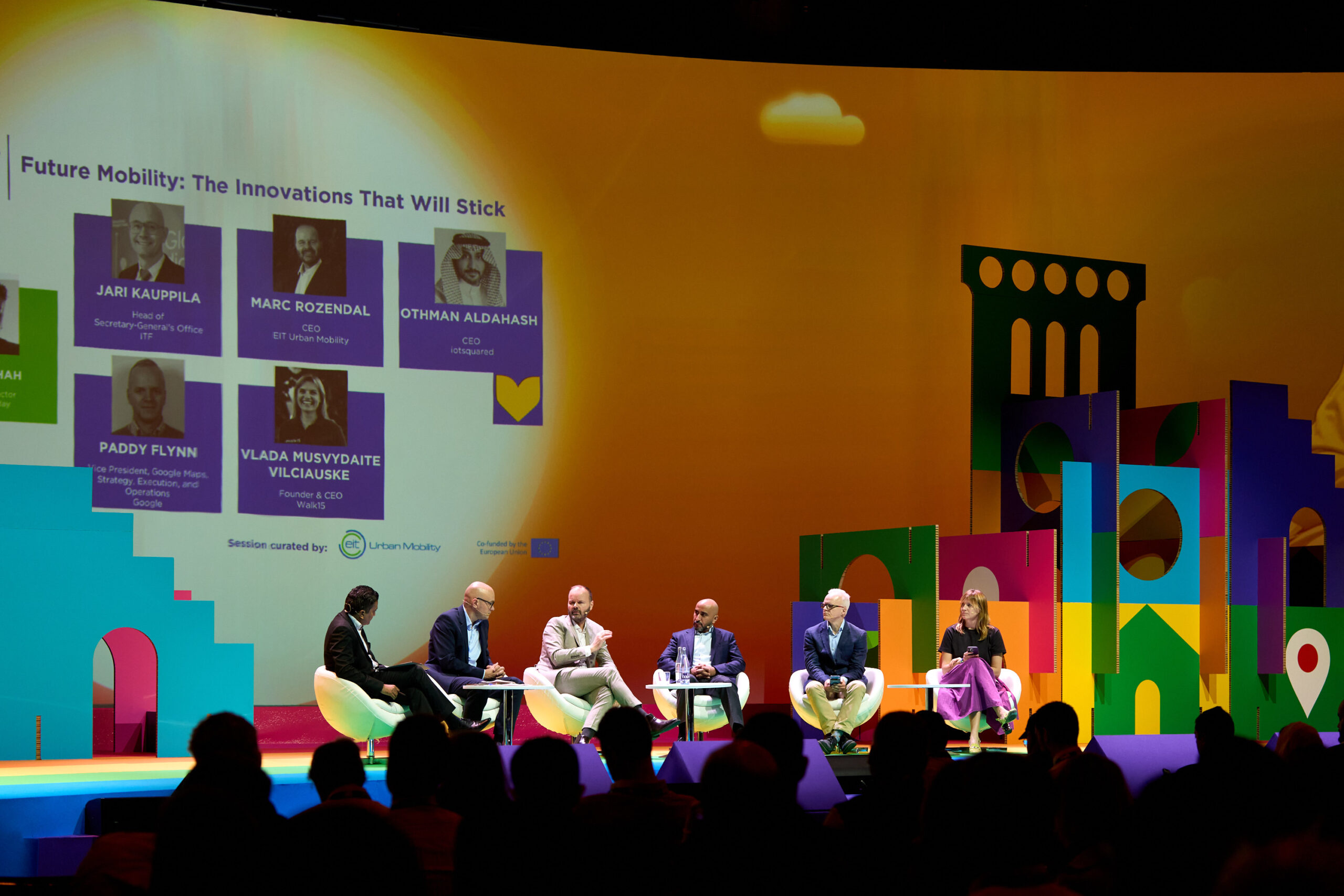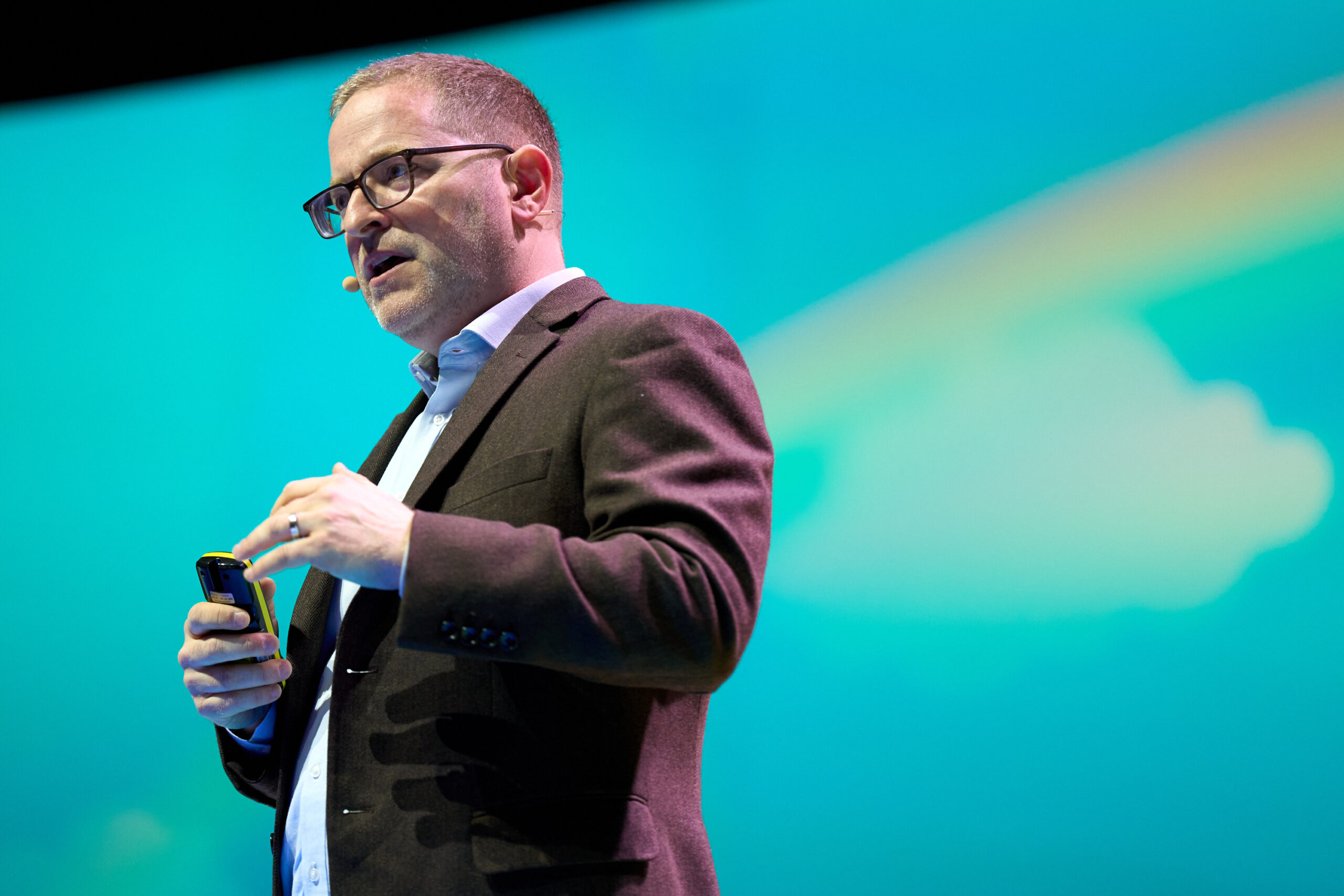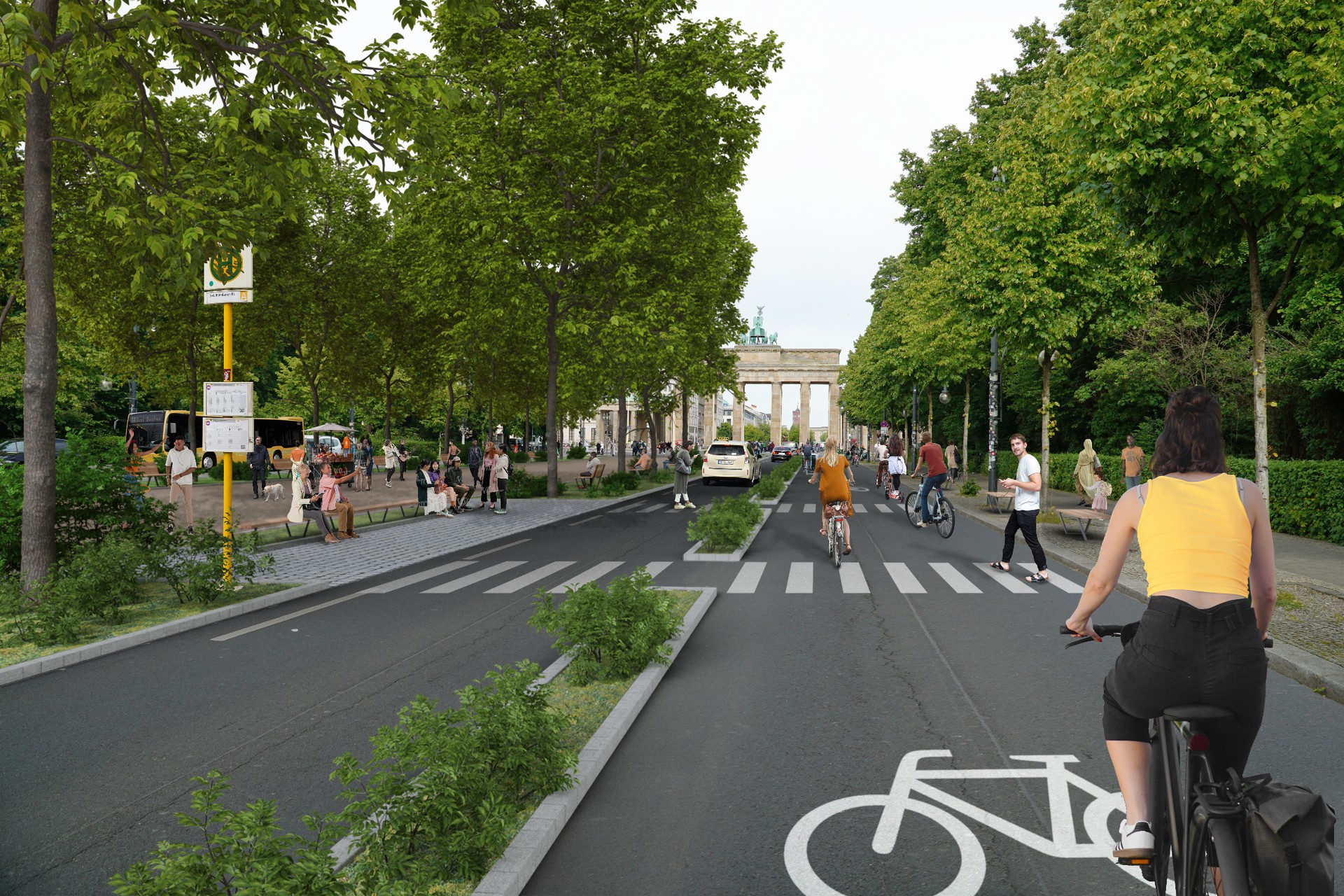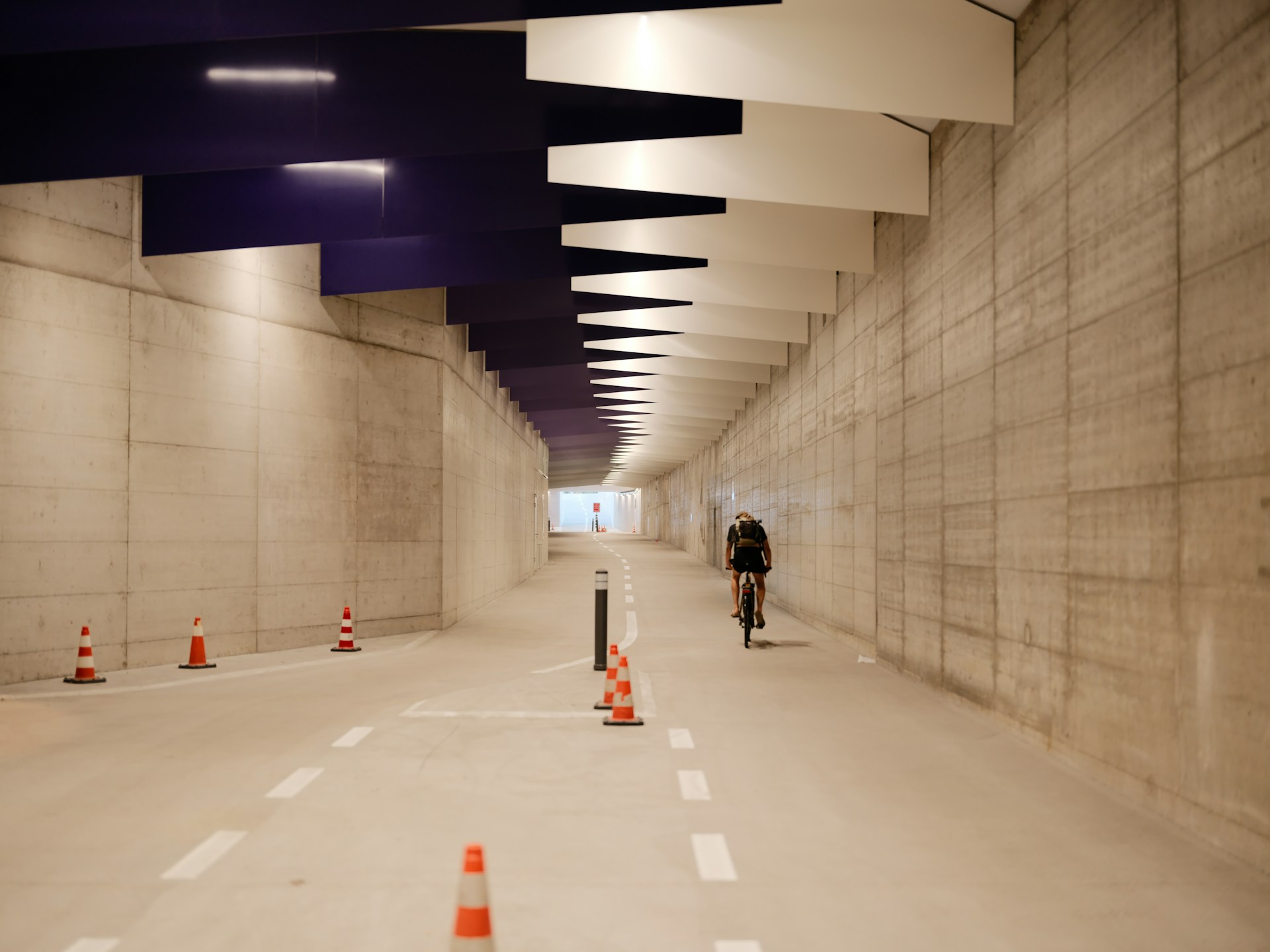Authors | Jaime Ramos, Raquel C. Pico
Urban air and public transportation is the quintessence of mobility without land limitations. The advantages of achieving a true hive city would revolutionize travel. But the technical and legal requirements, among others, are such that, to date, travelling by flying vehicles in cities is an area reserved for a minority or science fiction novels. We are not surrounded by flying cars yet.
The challenges of urban mobility
Before taking to the skies, we need to understand what is happening on the ground. One of the major challenges cities around the world face is mobility: the network of streets, roads, private cars, buses, taxis, trams, and subways forms a complex system that moves residents from place to place to another and tries to meet the public’s transportation needs.
Fitting all these pieces together is becoming increasingly difficult. On one hand, urban populations continue to grow, and as they do, the pressure on infrastructure and transportation networks rises. On the other hand, urban mobility becomes more complex as new elements are added to city environments. For instance, something seemingly as simple as the e-commerce boom has become a nightmare for city management by putting more vehicles on the roads, especially overwhelming them with constant loading, and unloading stops.
And finally, but equally important, is the carbon footprint of all these modes of transportation. As cities strive to become more sustainable, they are looking for urban mobility models that have a lower environmental impact while still allowing residents to move around efficiently, comfortably, and with universal access. The mobility pyramid is one example of a potential urban mobility model that works for all city residents and creates a positive impact.
But what role would flying cars play in all of this? Are they the key to the future of transportation and to tackling its problems and challenges?
What is Urban Air Mobility (UAM)?
It has been 70 years since the Havilland DH.106 Comet, the first commercial flight, took to the skies. Since then and despite technological advances, the aviation sector has not found the solution to cover the area of urban routes. What is stopping us from flying among skyscrapers in flying cars?
In reality, air transport does exist in cities. The air taxis sector has been operating flights between cities or between airports within the same city since the sixties. But Urban Air Mobility (UAM) refers to more than a mode of transport that few can afford.
What are the challenges standing in the way of Urban Air Mobility?
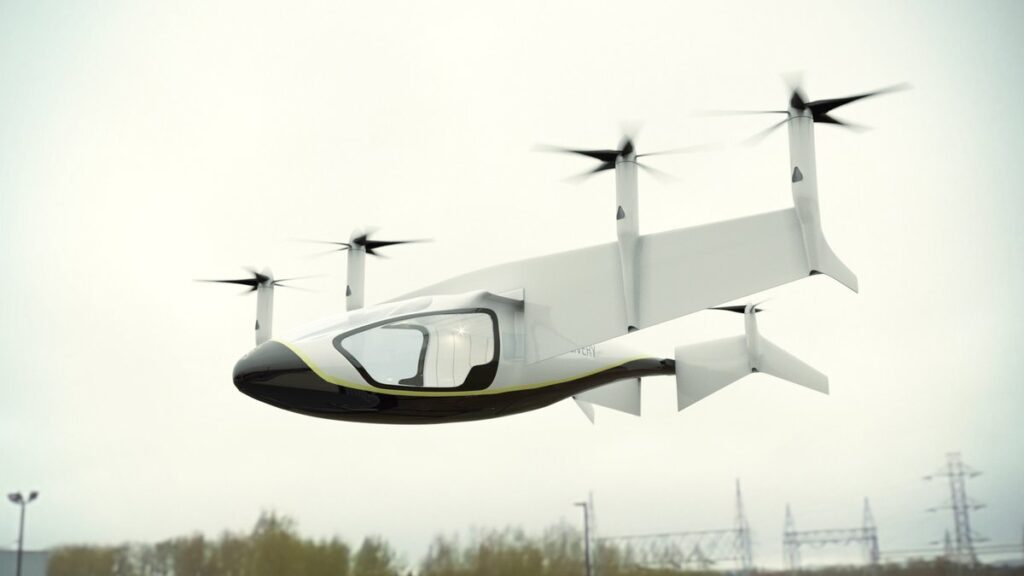
Today there are companies and startups studying the feasibility of Urban Air Mobility, using state-of-the art technology solutions. They are having to tackle major and complex challenges.
Immature technology
Current UAM hopes are based on technical innovations in the aviation sector. The eVTOL (all-electric Vertical Take-Off and Landing) aircraft uses various technological solutions that are proving to be successful in other areas: electric motors or the integration of autonomous fight technologies.
Despite the spectacular and successful prototypes, there is still not a leading technology to simplify the propulsion. On the one hand, companies such as Joby Aviation, in collaboration with Toyota, have chosen the hydrogen fuel cell, with the distribution complications and billion dollar investment it entails.
Others, like Lilium, have launched aircrafts with a range of up to 300 kilometers. Despite this incredible figure, it seems like it may not be enough. The deployment of a solid charging infrastructure and an acceptable speed poses another challenge. ABB, Lilium’s partner, has developed charging points capable of delivering power at a rate of up to 1,000 kW.
Studies such as that of the University of Michigan maintain that these solutions would reduce emissions from fossil fuel-based modes of transportation. Although they show great potential, they will have a job to improve the sustainable behavior of electric mobility in ground transport.
This could be about to change, because alongside the boom in smart cities, other areas are also becoming more tech-driven, such as smart transportation. A 2024 projection by GlobalData predicted that within two years, various cities would begin testing aerial transport of goods, and within five, passenger transport. There is already a network of startups working in this field and, while they may not be building the flying cars Hollywood made us dream of, they are laying the groundwork for the future of transportation. The results of their progress could be just around the corner.
A network of micro-scale airports
The revolution leads us to think of another infrastructure dimension. Is the deployment of a network of urban micro-scale airports designed for these aircrafts actually feasible?
This is the intention of the British company Urban Air-Port, famous for its current project, which aims to develop the ground infrastructure for drones and eVTOL in Coventry (United Kingdom). Hyundai has already shown its designs there with their prototypes in operation. The two companies’ plans are beyond ambitious: they intend to create a network of 65 micro-scale airports.
On the one hand, the multimodal integration in a single point is advantageous; on the other, this challenge may not be too easy to overcome in the short term. Furthermore, current costs of micro-scale airports range between EUR 6 and 12 million.
Costs and final price for the customer
The final challenge lies in assuming the enormous costs of the emerging UAM sector. The development of aircrafts, the maintenance of these, the charging technology and the network of micro-scale airports, make it almost impossible to offer the solution at reasonable tariffs.
Unlike what is happening with electric land transport, air transport is not based on sales of private units, but rather dedication to service. The sector’s ideal is to “uberize” the urban air space. Lilium are talking of taking passengers from Manhattan to JFK Airport within six minutes for about $70.
Is it worth committing to Urban Air Mobility?
Industry and cities will stumble upon other challenges relating to the actual point itself of UAM. How can the absolute community integration of this mode of transportation be achieved without it ending up as a social segregation factor? How much will it cost to establish the national and global legal frameworks to clear the way? These are issues that still need to be answered. We may soon see the first air taxis flying through the city sky. Conquering it, however, will take more than a decade.
Experts recommend “developing a comprehensive, user-centric strategy for preparing the public and cities for the testing and introduction of (autonomous) urban air mobility in cities,” as concluded in the whitepaper A Future with Autonomous Urban Air Mobility.
Air taxis, or flying taxis, are one of the options currently being explored to make this new form of transportation more mainstream. Beyond the versions seen in science fiction movies, today’s developments rely on technologies like those used in drones and aim for a fully electrified fleet. The ultimate goal is for these vehicles to be autonomous and not add to the city’s carbon footprint. The challenge, for now, is that air taxis remain prohibitively expensive.
The projections from a few years ago that predicted an air taxi boom in the 2020s have not materialized. They are still seen as a technology with more potential for the future than for the present. In 2023, the urban air mobility market was valued at $3.8 billion, but it is expected to grow to $28.5 billion by 2030.
Cities experimenting with air transport
Still, some cities are beginning to experiment with air transport. Whether driven by a desire for exclusivity and luxury or by the need to ease street congestion, they are already exploring the potential of urban air mobility.
Dubai is one of the cities working to normalize flying cars. The arrival of so-called VTOL vehicles (short for Vertical Take-Off and Landing; not necessarily electric in this case) is imminent. Two companies, Archer and Joby, could begin operating their air taxis as early as 2026. The city has already designated the locations for its vertiports and has specific legislation in place for VTOLs, which could streamline the rollout process.
In addition, there are other projects exploring the potential for package and product delivery, such as Amazon Prime Air. The company’s drones deliver packages weighing under 2.2 kg in several U.S. cities and have been operating in Europe since early 2025. They are currently testing operations in Darlington, UK, designing delivery routes, after previously testing in Abruzzo, Italy.
Images | Joby Aviation, Rolls-Royce





